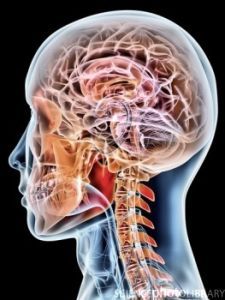OF THE
TIMES
I've had enough of someone else's propaganda. I'm for truth, no matter who tells it. I'm for justice, no matter who it's for or against. I'm a human being first and foremost, and as such I am for whoever and whatever benefits humanity as a whole.
FUCK BIBI !! These protests remind me of Kent state protests against another genocidal war, Vietnam.
Friends, For anyone following the Israeli/Gaza debacle my friend Prof Anthony Halls latest substack column contains some very serious...
Friends, For anyone following the Israeli/Gaza debacle my friend Prof Anthony Halls latest substack column contains some very serious...
In fact Rishi is screwed. You can fool some of the people some of the time yet not all the people all of the time. Worldwide people of all Nations...
After China and Russia, who is next on the list of countries the US wants? Iran?
To submit an article for publication, see our Submission Guidelines
Reader comments do not necessarily reflect the views of the volunteers, editors, and directors of SOTT.net or the Quantum Future Group.
Some icons on this site were created by: Afterglow, Aha-Soft, AntialiasFactory, artdesigner.lv, Artura, DailyOverview, Everaldo, GraphicsFuel, IconFactory, Iconka, IconShock, Icons-Land, i-love-icons, KDE-look.org, Klukeart, mugenb16, Map Icons Collection, PetshopBoxStudio, VisualPharm, wbeiruti, WebIconset
Powered by PikaJS 🐁 and In·Site
Original content © 2002-2024 by Sott.net/Signs of the Times. See: FAIR USE NOTICE

If genetics contributes to autism, why aren't all the kids in a particular family autistic? The reasoning behind the theories of these neurologists and psychiatrists is faulty from start to finish. I think neurology should be banned from studying anything having to do with non-animal neural functioning. They are there to figure out exactly how the nervous system works in the body, not to expound their materialistic theories about the mind. And psychiatrists better figure out pretty soon that they aren't studying nervous systems, or else admit that they are and get out of the "mental health" business. This mental materialism is not only pitiful but a dangerous political dogma that has nothing to do with science.